Delusions of Davos and Dubai
Edward Ring dispells the smoke and mirrors surrounding renewables in his American Greatness article The Delusions of Davos and Dubai – Part Two: Can Wind & Solar Energy Expand 50-100 Times? Excerpts in italics with my bolds and added images.
Procuring 90+ percent of global energy from wind and solar energy is a fool’s errand.
In the most recent “Conference of the Parties,” otherwise known as the United Nations extravaganza that convenes every few years for world leaders to discuss the climate crisis, several goals were publicly proclaimed. Notable were the goals to triple production of renewable energy by 2030 and triple production of nuclear energy by 2050. Against the backdrop of current global energy production by fuel type, and as quantified in Part One, against a goal of increasing total energy production from 600 exajoules in 2022 to at least 1,000 exajoules by 2050, where does COP 28’s goals put the world’s energy economy? How much will production of renewable energy have to increase?
To answer this question, it is necessary to recognize and account for the fact that most renewable energy takes the form of electricity, generated through wind, solar, or geothermal sources. And when measuring how much the base of renewables installed so far will contribute to the target of 1,000 exajoules of energy production per year in order to realize—best-case scenario—800 exajoules of energy services, the data reported in the Statistical Review of Global Energy is profoundly misleading.
[ Ring is referring to the fanciful projections compared to realities reported in the 2022 consumption statistics from Energy Institute. For example, from that report

The graph shows that global Primary Energy (PE) consumption from all sources has grown continuously over nearly 6 decades. Since 1965 oil, gas and coal (FF, sometimes termed “Thermal”) averaged 88% of PE consumed, ranging from 93% in 1965 to 82% in 2022. Note that in 2020, PE dropped 21 EJ (4%) below 2019 consumption, then increased 31 EJ in 2021. WFFC for 2020 dropped 24 EJ (5%), then in 2021 gained back 26 EJ to slightly exceed 2019 WFFC consumption. For the 58 year period, the net changes were:
Oil 194%
Gas 525%
Coal 178%
WFFC 239%
PE 287%]
If we’re setting a goal of 1,000 exajoules of ultimate world energy production and assuming 80 percent of that 1,000 exajoules of energy input shall be realized as end-user energy services, then we have to examine how much usable energy wind, solar, hydro, and nuclear are actually being generated today. That means we need to know how much electricity they actually generate and send into the grid. An imputed, grossed-up number is not helpful.
It must be again emphasized that it is an extraordinary assumption to project an 80 percent retention of energy from input into the grid to actual end use. For example, we might assume that from the generating plant, 5 percent was lost in transmission, another 5 percent lost from charging and subsequently discharging the electricity to and from utility-scale storage batteries, another 5 percent in the charge/discharge cycle through an onboard battery in an EV, and another 5 percent converting that electricity into traction from the electric motor. Those are extraordinarily optimistic numbers, using a best-case example.
The point here is 1,000 exajoules represents the absolute minimum to which global energy production must grow in the next 25 years if every person on earth is to have access to enough energy to enable prosperity and security. How do we get there? Let’s take the experts at their word and assume that use of coal, oil, and gas will be completely eliminated by 2050.
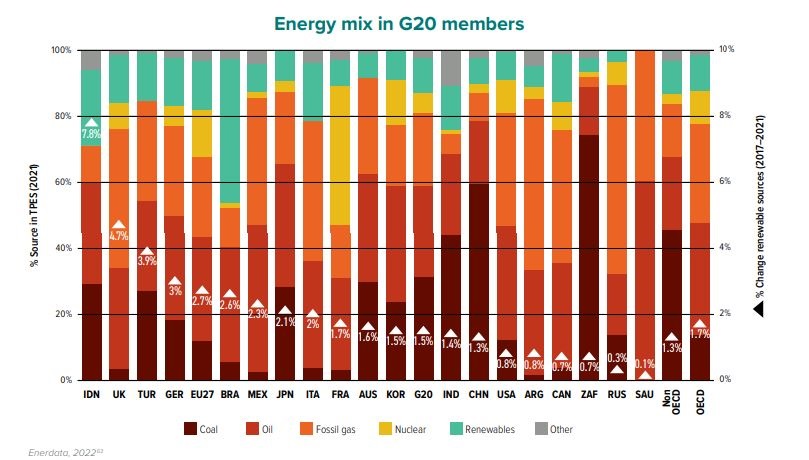
On the chart below, the assumptions governing the future mix of fuels worldwide adhere to the resolutions just made at the recent Conference of the Parties. That is, nuclear energy will be tripled, and use of oil, natural gas, and coal will be eliminated. To take some of the pressure off of the required expansion of solar and wind energy, for this analysis, the sacrilegious assumption is made to double hydroelectric capacity, double geothermal production, and double biofuel production. It won’t matter much. Here goes:
There’s a lot to chew on in these data, but it’s worth the effort. Because the facts they present are immutable and carry with them significant implications for global energy policy. The first column of data shows how much fuel was burned or generated worldwide in 2022—the raw fuel inputs, which total 604 exajoules.
The second column of data shows the number of energy services that reached end-users in 2022 in the form of heating, cooling, traction, light, communications, etc. It is clear that for thermal sources of energy, the lower numbers reflect the currently estimated degree of conversion efficiency worldwide, about 40 percent. But for non-thermal sources of energy (appended to the right with “gen,” signifying generated energy), these numbers are based on terawatt-hour reports featured in individual sections of the Statistical Review dedicated to those sources of energy. Converted from terawatt-hours to exajoules, these are the actual amounts of electricity that went into transmission lines around the world to be consumed by end users.
The third column of data calculates a hypothetical 2050 global fuel mix based on the agreed COP 28 targets. As seen in column 4 “multiple,” nuclear energy is tripled in accordance with COP 28. Also, in accordance with COP 28, use of coal, oil, and gas is eliminated. Not agreed to at COP 28, but to help reach the 1,000 exajoule target, production of geothermal and biofuel energy are both doubled. That leaves the remainder of the needed power to be provided (in this example) equally by wind and solar. It is reasonable to assume, based on everything they’re saying in Dubai and Davos, that this is the model. This is the logical realization of what they’re calling for.
These calculations yield an overwhelming reality check.
Yet what assumption is incorrect?
The target of 1,000 exajoules is almost certainly too low. Nuclear power is tripled, and hydropower and biofuel are both doubled. None of that is easy; in the case of biofuel, it could be an environmental catastrophe. But even if those other non-thermal sources of energy were to increase two to three times, without coal, oil, and gas, a stupefying expansion of wind and solar would be required. “Tripling” these renewables doesn’t even get us into the ballpark.
To deliver 1,000 exajoules of power to the world by 2050, for every wind turbine we have today, expect to see more than 60 of them. For every field of photovoltaics we have today, expect to see nearly 100 more of them. Is this feasible? Because from Dubai to Davos, this is what they’re claiming we’re going to do.
Confronted with these facts, even the most enthusiastic proponents of wind and solar energy may hesitate when considering the magnitude of the task. Eliminating production of fossil fuel entirely by 2050 ought to be seen, for all practical purposes, as impossible. The uptick in mining, the land consumed, the expansion of transmission lines, the necessity for a staggering quantity of electricity storage assets to balance these intermittent sources, the vulnerability of wind and solar farms to weather events including deep freezes, tornadoes, and hail, and the stupefying task of doing it all over again every 20-30 years as the wind turbines, photovoltaic panels, and storage batteries reach the end of their useful lives—all of this suggests procuring 90+ percent of global energy from wind and solar energy is a fool’s errand.










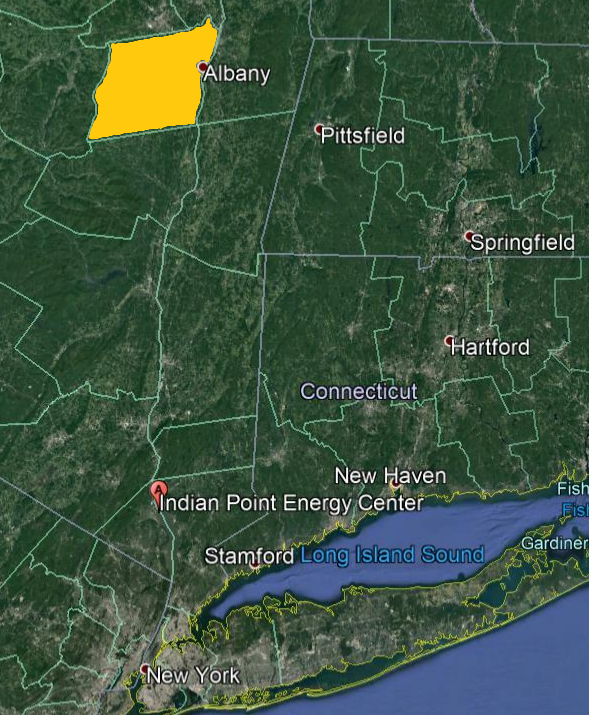













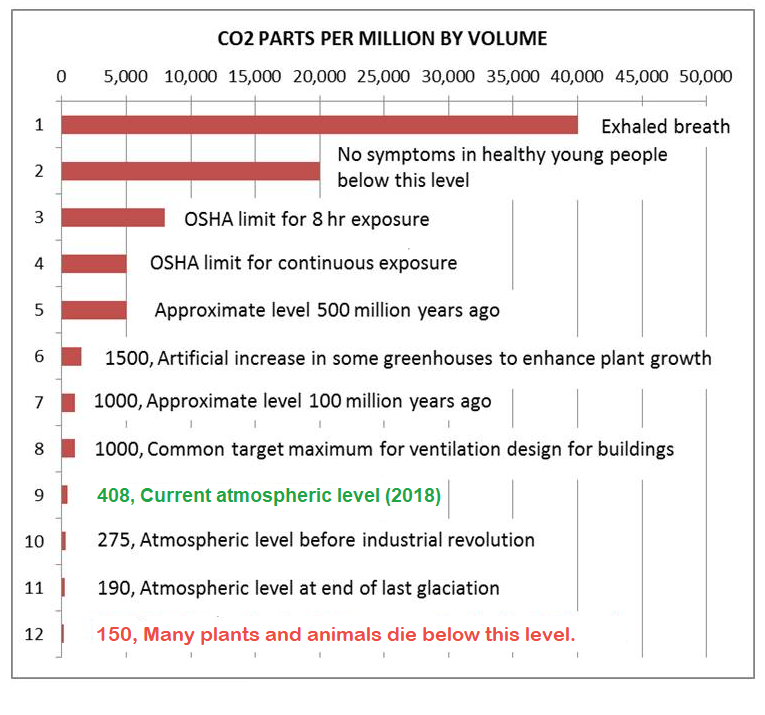









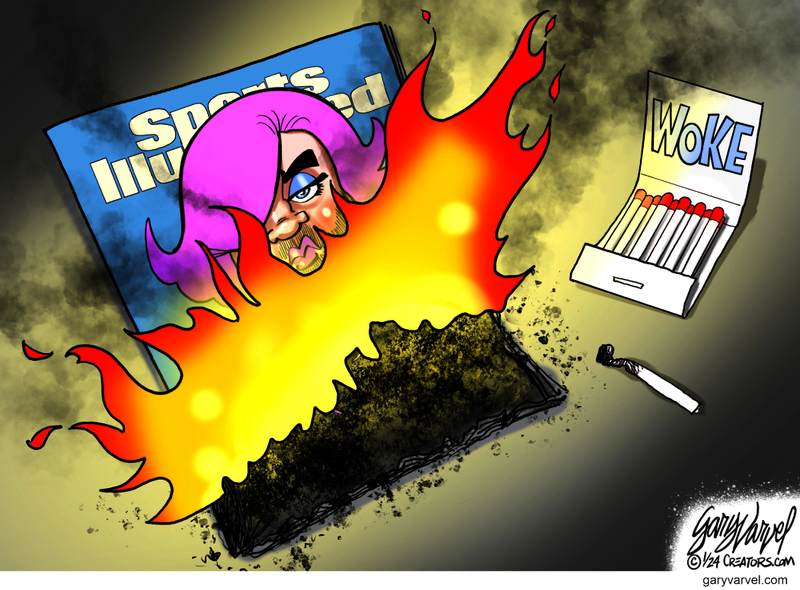

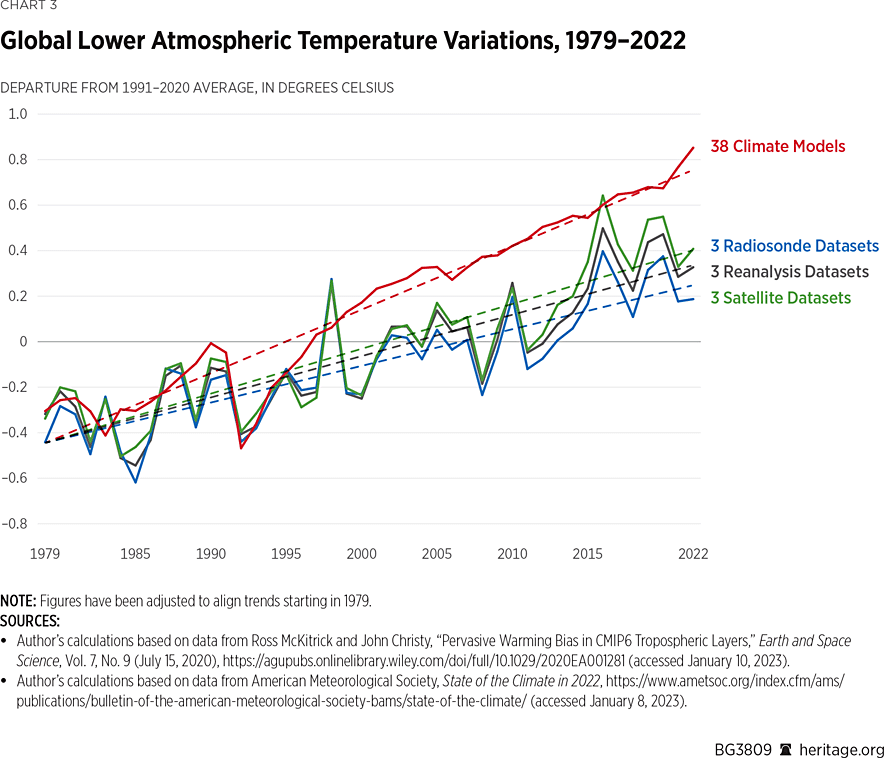 Roy Spencer has published a study at Heritage
Roy Spencer has published a study at Heritage 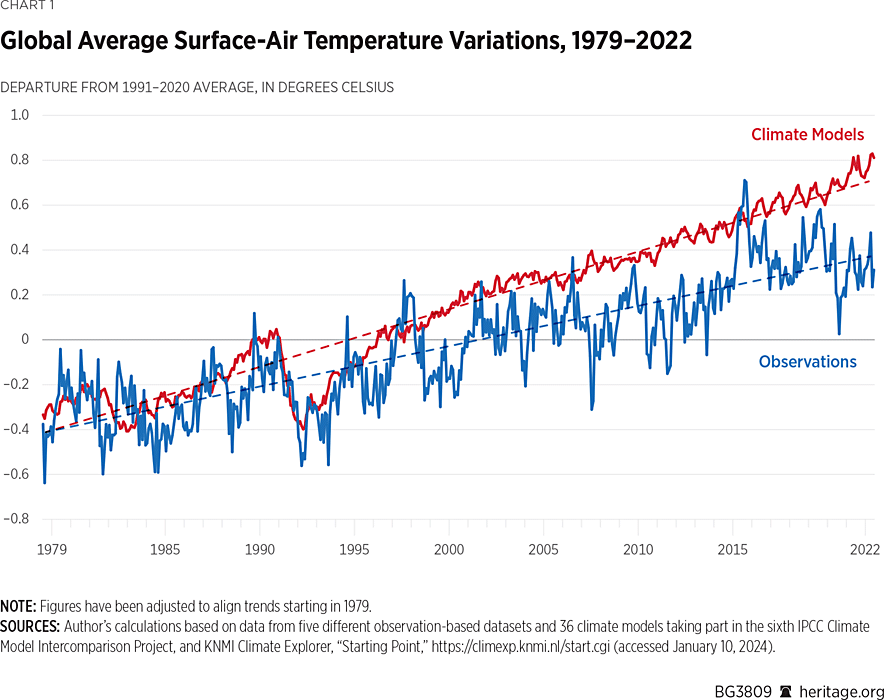
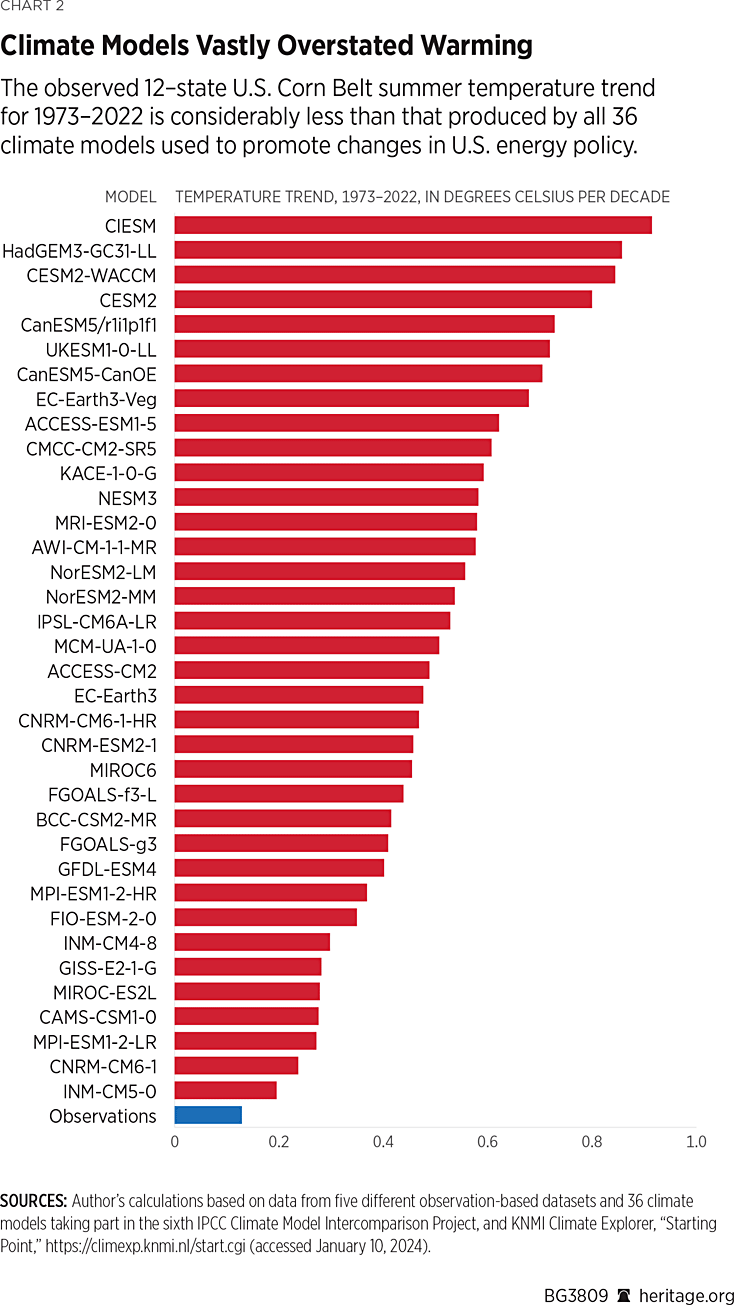

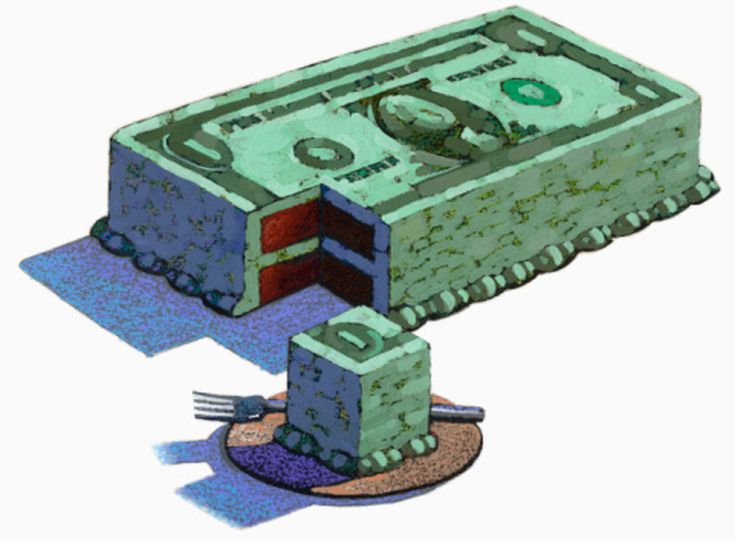




 Global News reports
Global News reports 









 Clearly climatists are worried about current cold weather, ironically triggered by the beginning of COP28 coinciding with heavv snow closing airports in Munich, for example. Add to that Buffalo Bills NFL playoff game postponed due to extreme cold. So Climate Central coordinated a PR campaign lest the believers lose faith in Global Warming. Later below are noted the three themes that appear.
Clearly climatists are worried about current cold weather, ironically triggered by the beginning of COP28 coinciding with heavv snow closing airports in Munich, for example. Add to that Buffalo Bills NFL playoff game postponed due to extreme cold. So Climate Central coordinated a PR campaign lest the believers lose faith in Global Warming. Later below are noted the three themes that appear.









